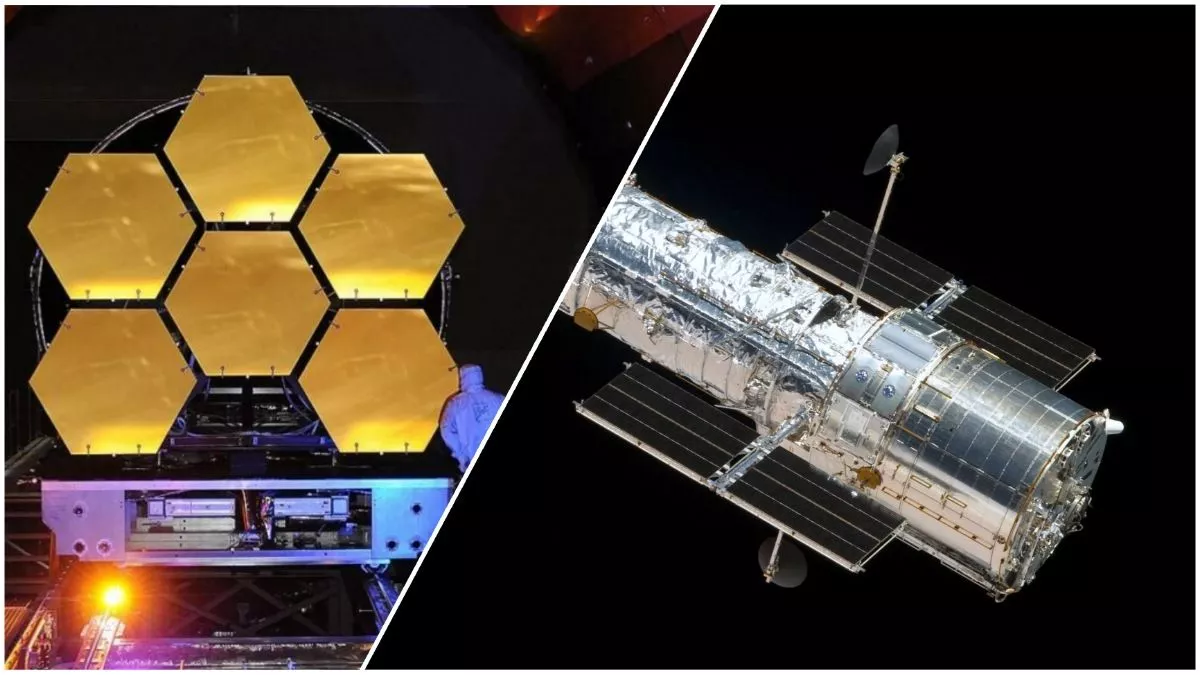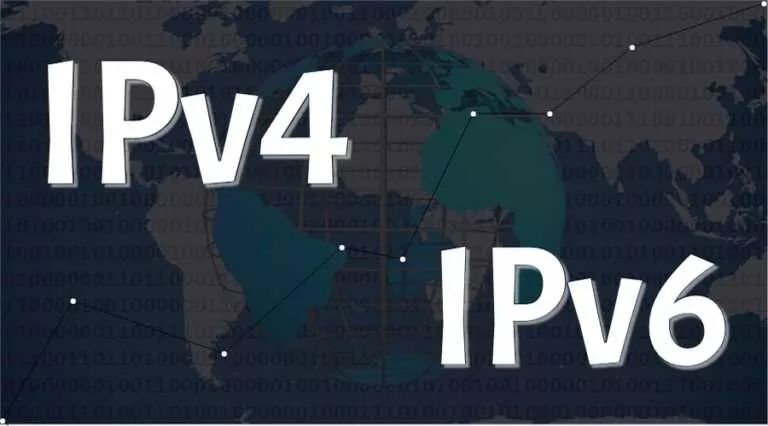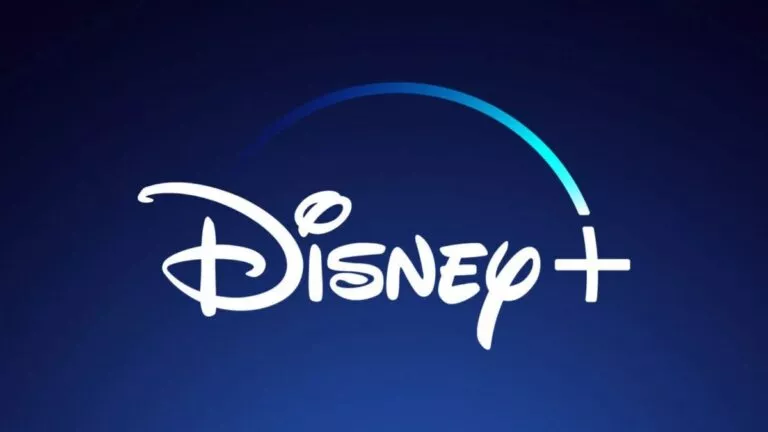James Webb Vs Hubble: How Do These Two Space Telescopes Compare?

NASA’s most ambitious space endeavor in a while, the James Webb Space Telescope (JWST), gathered all the headlines when it launched off into space. It is supposed to learn more about the early universe and unravel its secrets. Quite unsurprisingly, alongside the hype, there are also comparisons being drawn with another space telescope that’s already up there — the Hubble Space Telescope (HST).
But, these two space equipment are functionally different from each other. While HST mainly analyzes heavenly objects using ultraviolet (UV) and visible light, JWST will do this by detecting near-infrared light instead. This sensitivity to infrared wavelength would allow Webb to study the oldest galaxies in the universe. Hubble’s operations revolve around gazing at relatively close galaxies that form much later.
Apart from their respective mission objectives, their dimensions, features, and orbits differ. The James Webb Space Telescope is the successor to the Hubble Space Telescope. It builds upon the work previously done by HST.

James Webb Vs. Hubble: Usage & Specifications
| James Webb | Hubble |
| Its primary goal is to detect near-infrared light coming from ancient galaxies. | It mainly detects UV and visible light coming from newer galaxies. |
| JWST will revolve around the Sun. | HST revolves around the Earth. |
| Its orbit lies at the Lagrange point (L2), 1.5 million km away from Earth. | Its orbit lies just 547 km away from Earth. |
| It has a mirror about 6.5 m wide and collects more light than Hubble. | Its mirror size is 2.4 m wide and thus collects less light than Webb does. |
| Courtesy of its larger mirror and higher light collection than Hubble, it can see even the most distant heavenly bodies. | A smaller mirror and lesser light collection resulted in cosmic near-sightedness compared to Webb. |
So, those are the basic differences that set JWST and HST apart. While Hubble has been a standout performer for NASA for the past few decades, Webb plans to do the same in the years to come.
If you like this simple explainer, check out our Short Bytes section. We take complex tech topics and break them into short, easy-to-understand articles.






